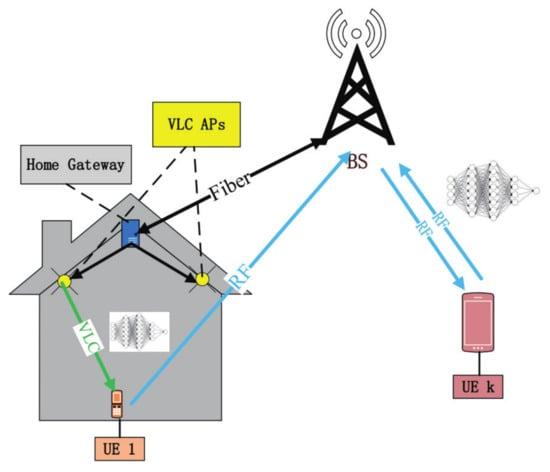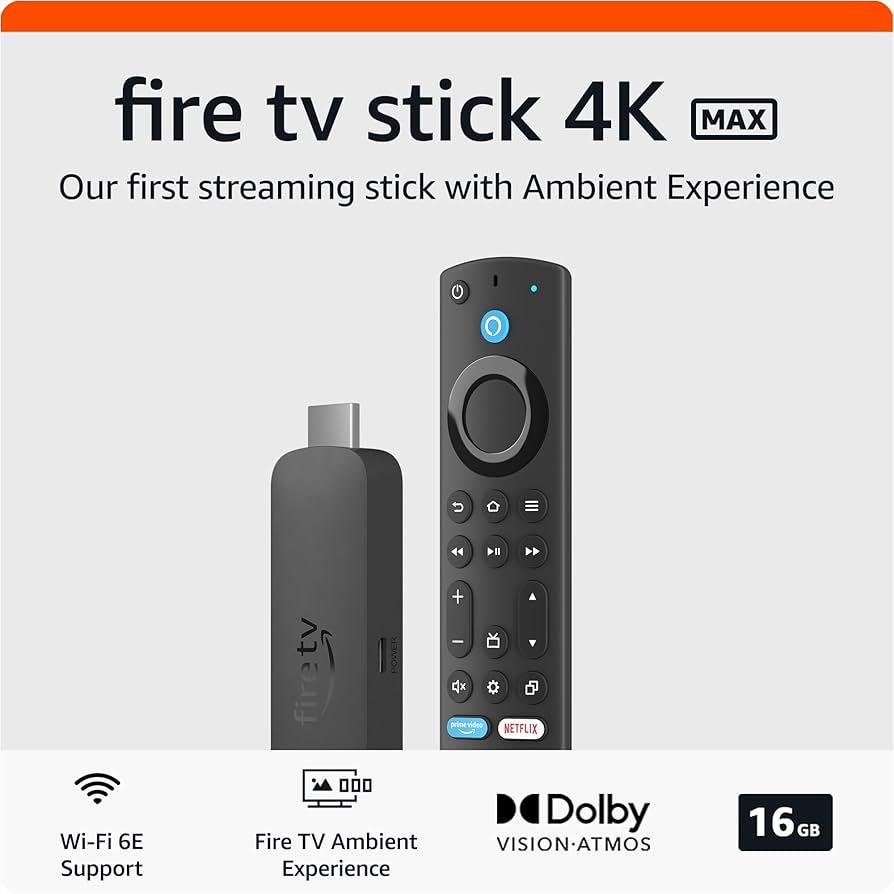In the digital age, streaming has become an integral part of our entertainment experience, offering instant access to a vast array of movies, shows, and music at our fingertips. However, nothing disrupts a cozy movie night or a binge-watching session quite like the dreaded buffering wheel. This article aims to guide you through practical steps and strategies to minimize or even eliminate buffering while streaming on popular platforms. By understanding the factors that contribute to buffering and implementing these simple yet effective solutions, you can enjoy a seamless streaming experience without the frustration of interruptions. Whether you’re streaming on Netflix, Hulu, Amazon Prime, or any other platform, these tips will help ensure that your entertainment remains uninterrupted and enjoyable.
Understanding Internet Speed Requirements for Streaming
To ensure a smooth streaming experience without the frustration of buffering, it’s crucial to understand the internet speed requirements for different platforms. Streaming services like Netflix, Hulu, and YouTube each have their own minimum speed recommendations, which can vary based on the quality of the video you’re watching. Here are some general guidelines:
- Standard Definition (SD): Typically requires at least 3 Mbps.
- High Definition (HD): Generally needs a minimum of 5-8 Mbps.
- 4K Ultra HD: Demands higher speeds, often around 25 Mbps or more.
Keep in mind that these are per-stream requirements. If multiple devices are streaming simultaneously in your household, you’ll need to multiply these speeds by the number of streams to avoid interruptions. Moreover, consider other internet activities like online gaming or video calls, which also consume bandwidth. To maintain optimal performance, ensure your internet plan meets or exceeds these cumulative needs, and regularly test your connection speed to verify it aligns with your provider’s advertised rates.

Optimizing Your Home Network for Seamless Streaming
For a seamless streaming experience, optimizing your home network is essential. Begin by ensuring that your router is strategically placed; ideally, it should be in a central location in your home to maximize coverage. Avoid placing it near large metal objects or electronic devices that might cause interference. Consider upgrading to a dual-band or tri-band router, which can handle multiple devices and reduce congestion.
- Prioritize bandwidth: Use Quality of Service (QoS) settings to prioritize streaming devices over others on your network.
- Regularly update firmware: Keep your router’s firmware up-to-date to benefit from the latest performance improvements and security features.
- Limit background usage: Ensure that unnecessary devices and applications are not consuming bandwidth during streaming sessions.
Additionally, consider wired connections for devices that support Ethernet, as they offer more stable and faster connections than Wi-Fi. If a wired connection isn’t possible, investing in a mesh Wi-Fi system can extend coverage and eliminate dead zones. By implementing these strategies, you can significantly reduce buffering and enjoy uninterrupted streaming on all your favorite platforms.

Choosing the Right Streaming Device for Your Needs
When it comes to seamless streaming, selecting the appropriate device is crucial. The market offers a plethora of options, each catering to different preferences and technical needs. Here are a few key factors to consider when making your choice:
- Compatibility: Ensure that the device supports the streaming platforms you frequently use, such as Netflix, Hulu, or Disney+. Some devices may have exclusive apps or limited access.
- Internet Connectivity: Opt for devices that offer both Wi-Fi and Ethernet connectivity. Wired connections can significantly reduce buffering issues by providing a more stable internet connection.
- Resolution Support: If you own a 4K TV, make sure your streaming device supports 4K content to fully utilize your screen’s potential.
- User Interface: A user-friendly interface can enhance your streaming experience. Look for devices with intuitive navigation and easy-to-use remote controls.
- Updates and Support: Choose a device from a brand known for regular software updates and good customer support. This ensures that your device remains compatible with the latest streaming services and features.
By considering these aspects, you can select a streaming device that not only minimizes buffering but also enhances your overall viewing experience.

Utilizing Platform Features to Minimize Buffering
To ensure a smooth streaming experience, it’s essential to make the most of the built-in features available on popular platforms. Adjusting video quality is one of the simplest ways to reduce buffering. Many platforms offer adaptive streaming, which automatically adjusts the video quality based on your internet speed. However, if buffering persists, manually selecting a lower resolution can be a quick fix. Another useful feature is offline viewing, which allows users to download content for later consumption. This not only eliminates buffering but also provides uninterrupted playback, especially useful when your internet connection is unstable or slow.
Platforms often provide network optimization settings that can be customized for better performance. For instance, enabling hardware acceleration can help in offloading tasks to your device’s GPU, thereby reducing the strain on your CPU and improving streaming efficiency. Clearing cache regularly can also enhance performance by removing stored data that might be causing conflicts. Lastly, some services allow you to limit the number of devices connected to your account simultaneously, which can significantly improve bandwidth allocation and minimize buffering.
To Wrap It Up
buffering can be a frustrating interruption to your streaming experience, but with the right strategies, it can be significantly minimized or even eliminated. By ensuring a stable and fast internet connection, optimizing your streaming settings, and regularly maintaining your devices, you can enjoy smoother and more seamless streaming on your favorite platforms. Remember to keep your software updated and consider investing in quality hardware to enhance performance. By taking these proactive steps, you can enhance your viewing experience and enjoy your content without the annoyance of buffering.







































